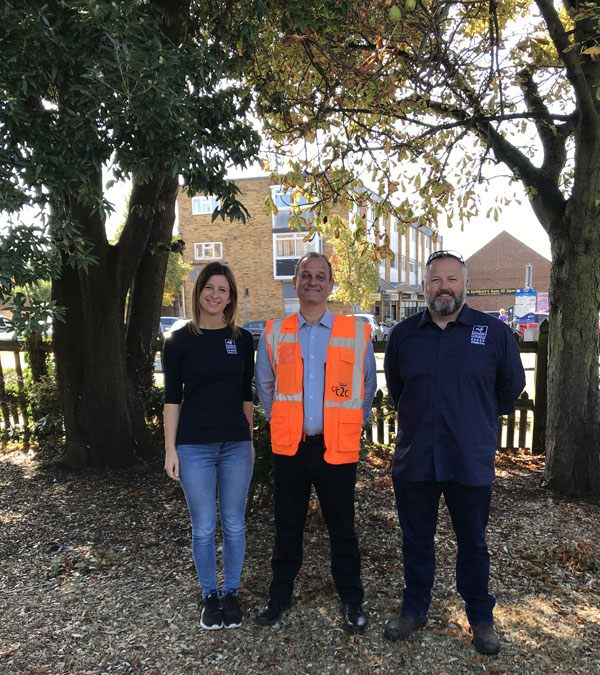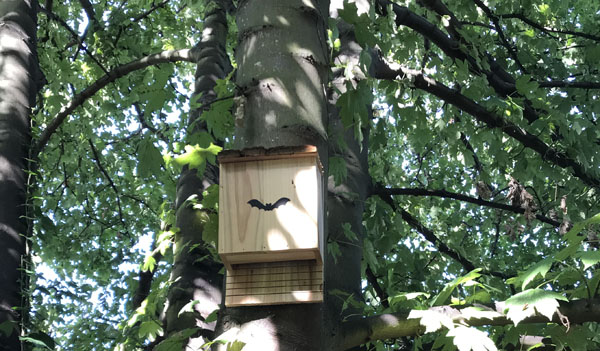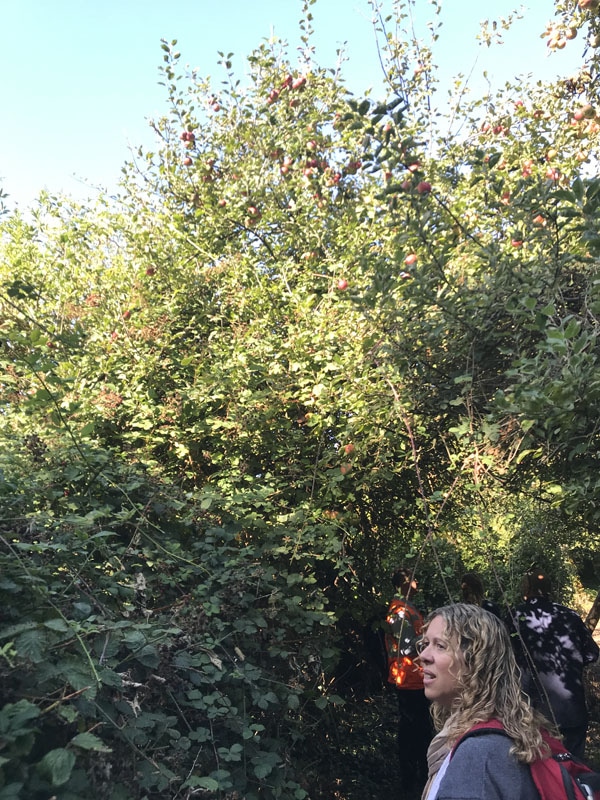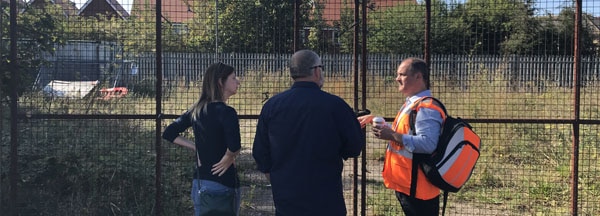Five things we learned from the Essex Wildlife Trust
Last week c2c met with the Essex Wildlife Trust’s Living Landscape Coordinator, John More, to discuss how the disused land around the railway can be used to promote the local wildlife in the area.

We started at c2c’s biodiversity site at Shoeburyness station. Created a couple of years ago by our Environment and Safety Team, the plot is developing well, with an abundance of apple trees and blackberry bushes. It’s well tended to by station staff member, Pam Bann, who said: “All the birdfeeders are full and there are also bat boxes, bee and bug hotels, and bird boxes. In the area opposite the station known as Ardley wood there are, foxes, badges, squirrels, cats, plenty of birds,” she added, “I have actually seen a ferret!”

The site is a lovely place to take a stroll down the nature path, maybe while you wait for your train. We believe sites like these are great, not only for wildlife but for our own mental health. As John from The Essex Wildlife Trust said: “The link between nature’s recovery, and our health, wellbeing & prosperity should never be underestimated.”

But what makes disused railway land specifically brilliant for wildlife and nature? Here’s the science bit, from John:
-
Brownfield sites, land altered by human industrial activity like railways, are incredibly important for wildlife, particularly insects. The cycles of disturbance, abandonment and low nutrient levels give rise to a variety of habitats and niches that are particularly important to the complex life cycles of many invertebrate species.
-
Open bare ground is important in this mosaic of habitats as it warms up rapidly in sunshine so is great for basking reptiles. It is also used by burrowing and ground nesting insects which in turn attracts visual predators.
-
Some insects live inside the rolled up leaves or stems of plants or overwinter in under piles of logs, stones, rubble and leaf litter. That is why it is so important to have these undisturbed areas.
-
Ivy is an essential source of nectar, pollen and berries for insects and birds during autumn and winter when food is scarce so should be left to grow where possible. It also provides shelter for insects, birds, bats and other small mammals. The high sugar/fat content of the berries is a nutritious food resource for birds. Ivy does not kill or damage trees and its presence doesn’t indicate that a tree is unhealthy or create a tree safety issue in its own right.
-
These wilder areas are incredibly important to our health and wellbeing. Walking through green or brown spaces filled with wildlife reduces stress, anxiety and depression levels. The link between nature’s recovery, and our health, wellbeing & prosperity should never be underestimated.

The biodiversity site in Shoeburyness is just the beginning of our plans for promoting wildlife along the route. As we assess what can be done with various bits of land, we’ll post more news. Stay tuned!


